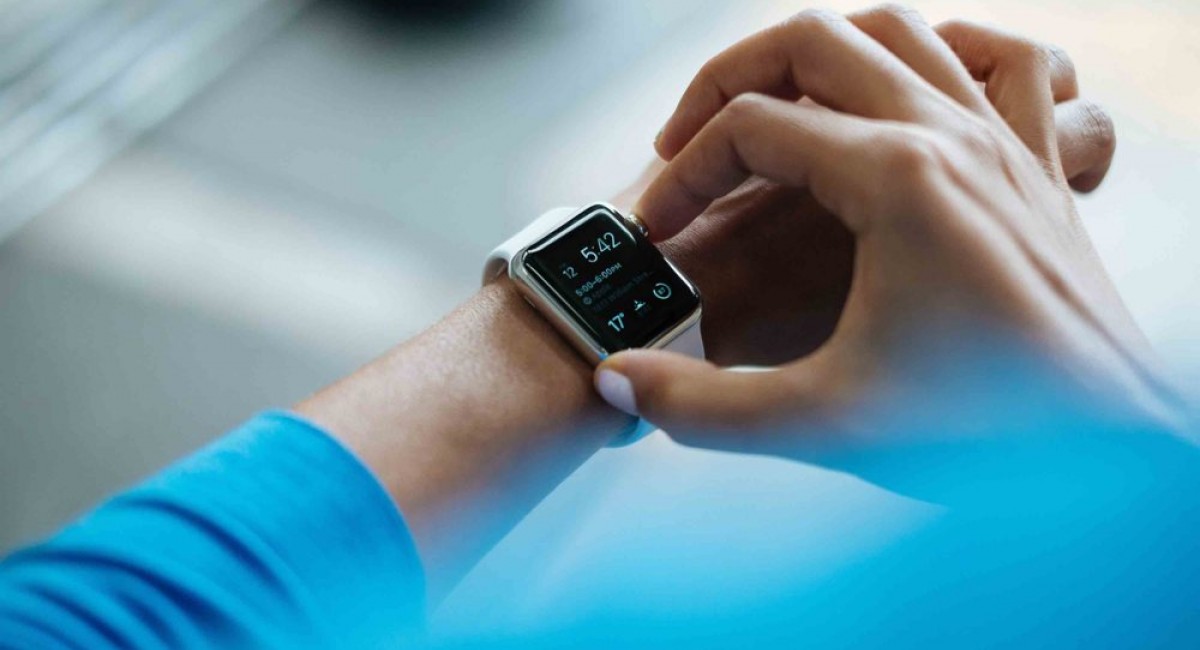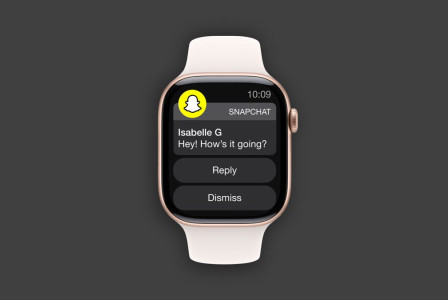SEARCH
Be careful what you wear: The safety traps of wearables

SHARE IT
It's not just smart phones that are popular. Now smartwatches and other wearables are also flooding the market.
Increasingly, these devices connect us to people far away, support our daily needs and desires, enable us to manage some data and, of course, are a... resounding fashion statement.
The collaboration of technology and fashion may be what attracts some people to these devices, but we all need to understand the risks of using such a device.
As diverse as a fashionista's wardrobe
Wearables can take many forms and functions, from smart watches used to support the functions of our phones, to rings or fitness bands used to monitor our pulse or oxygen levels, or glasses that can augment our reality by artificial means.
In some ways, these devices are as diverse as a model's wardrobe, so it's no wonder they have become widely popular.
According to recent research, the wearables market is expected to grow by 12.9% from 2023 to 2030, with its current size already standing at US$71.91 billion. The best-selling products involve devices worn on the hand, head, and eyes.
It is obvious that by now everyone should be aware of the safety risks of using such electronic devices. These devices present even greater security risks than smart phones, not only for consumers but also for businesses.
Your health information - accessible to everyone
The modern age demands modern risk assessment, which is why we need to be more aware of the problems these devices can cause from a security perspective. As people choose mobile devices that can connect to the internet, cybercriminals will try to access personal information on or through these devices.
Many people like to run while wearing the most sophisticated sports watches and smartwatches, with annual growth in sales of these devices reaching 30%. The fact that these devices can track and report the health metrics of their owners is just one of the many concerns.
Previously, these health data were only useful to the users themselves or their doctors. Today, however, this data may end up in the hands of third parties, who may sell the information or use it to create personalised advertising. In the worst case scenario, a criminal can misuse this data to accurately track a person's location, habits and other data.
At the same time, the potential connection of wearables to company networks can create unnecessary risks to business security, as these wearables often share their connections with phones, creating a potential vector for cyberattack.
The same goes for phishing, vishing or smishing attacks that are spreading across the digital world also pose a threat to wearables, as, all too often, their functions now approach those of a phone.
Further security concerns
Many security experts warn that smart watches too often lack adequate methods of user authentication, as they do not encourage users to create strong PINs or passwords to unlock their devices.
But even if they do, these measures are often weak, as these devices do not offer the same amount of processing power to provide complex authentication measures as, for example, phones. Nevertheless, even a simple password is better than no password at all.
Something else of concern is data storage. This is because smart watches now have their own drives and the data stored on them often lack encryption or, even worse, use cloud solutions to transfer that data, which could be relatively easily compromised by a MITM (man in the middle) attack, for example.
What you can do
Fortunately, there are ways to make using your mobile devices safer. As with anything else, user error is the most common cause of successful attacks, so educating yourself on practical ways to mitigate this can go a long way.
1. Check regularly for software and security updates on your watch.
2. Check the permissions of your applications.
3. Create a PIN or password.
4. Be careful what you store on your device.
5. Keep in mind some basic cybersecurity measures.
Overall, these five steps provide a roadmap for improving security; however, caution is still recommended when using any mobile device.
Android device users should prioritize the use of a trusted mobile security app and remain vigilant when downloading apps from third-party developers, who often offer custom apps in the Google Play Store or even app stores such as Garmin or Huawei AppGallery.
MORE NEWS FOR YOU

 Help & Support
Help & Support 

